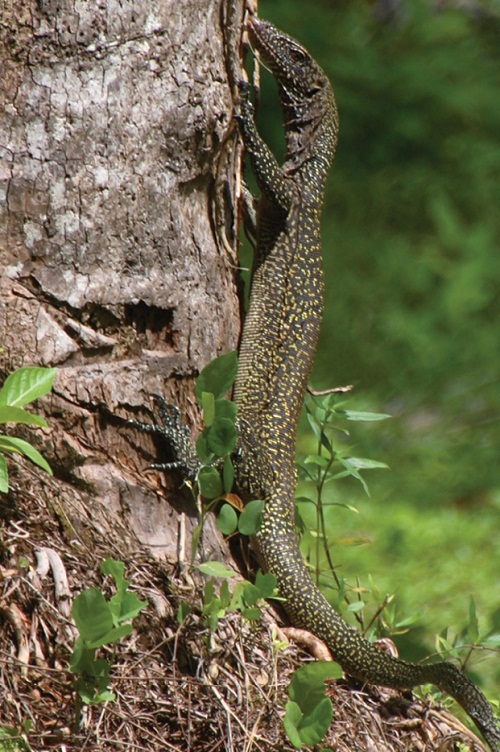
Owners will also need to have a decent working knowledge of feeding and handling practices when dealing with this species. These monitors need a really big living space and pretty specific heat, light and humidity requirements. Peach Throat Monitor CareĪs previously mentioned, peach throat monitor care is best left to more experienced reptile owners. If you do your job as an owner, you’ll probably have your monitor for quite a while. These reptiles need a nutritious diet and proper habitat setup in order to make this lifespan possible. This is a very respectable life expectancy, and will give plenty of time to build a strong bond.

The typical peach throat monitor lifespan is somewhere between 10 and 15 years in captivity. To give yourself the best chance of getting a peach throat monitor with good genetics, purchase them from a trustworthy and experienced seller. Make sure you’re prepared to do the necessary work to create a living environment that is large enough for them to be comfortable before you get one!Įxpert Tip: Quality of care and genetics are the two main elements that impact the maximum size of these lizards in captivity. These are not small lizards!īecause of this, they need a sizable enclosure in order to thrive. The average length of a peach throat monitor is around three to four feet in length when fully grown. They really look quite sweet! Average Peach Throat Monitor Size One of the features that many owners like about these intelligent reptiles is their wide and expressive eyes. They also have a long tail that starts to get significantly thinner halfway down. With a long neck, strong body, sharp claws and sharp teeth, the peach throat monitor displays typical monitor features.
BLUETAIL MONITOR SKIN
The skin of this monitor is often a brownish-olive that is patterned with bright yellow spots. This throat color can also be a kind of salmon or pinkish color. Appearance & ColorsĪs its name suggests, the peach throat monitor does indeed have a lovely peachy colored throat.

If you fall into this category, and decide that you’re willing to put forth the necessary time to care for one of these gorgeous monitors, then you will be in for years of interest and enjoyment. While some less-experienced owners have gotten away with keeping these monitors, the success rate and quality of life of their pet is suboptimal (in our opinion). In the wild, this monitor can be found in the rainforest areas of New Guinea and nearby islands like Yapen and Salawati.ĭue to its large size and tricky care requirements, we feel that the peach throat monitor should only be considered as a pet lizard for intermediate to advanced reptile owners.

The peach throat monitor ( Varanus jobiensis) is sometimes also known as the Sepik monitor.


 0 kommentar(er)
0 kommentar(er)
